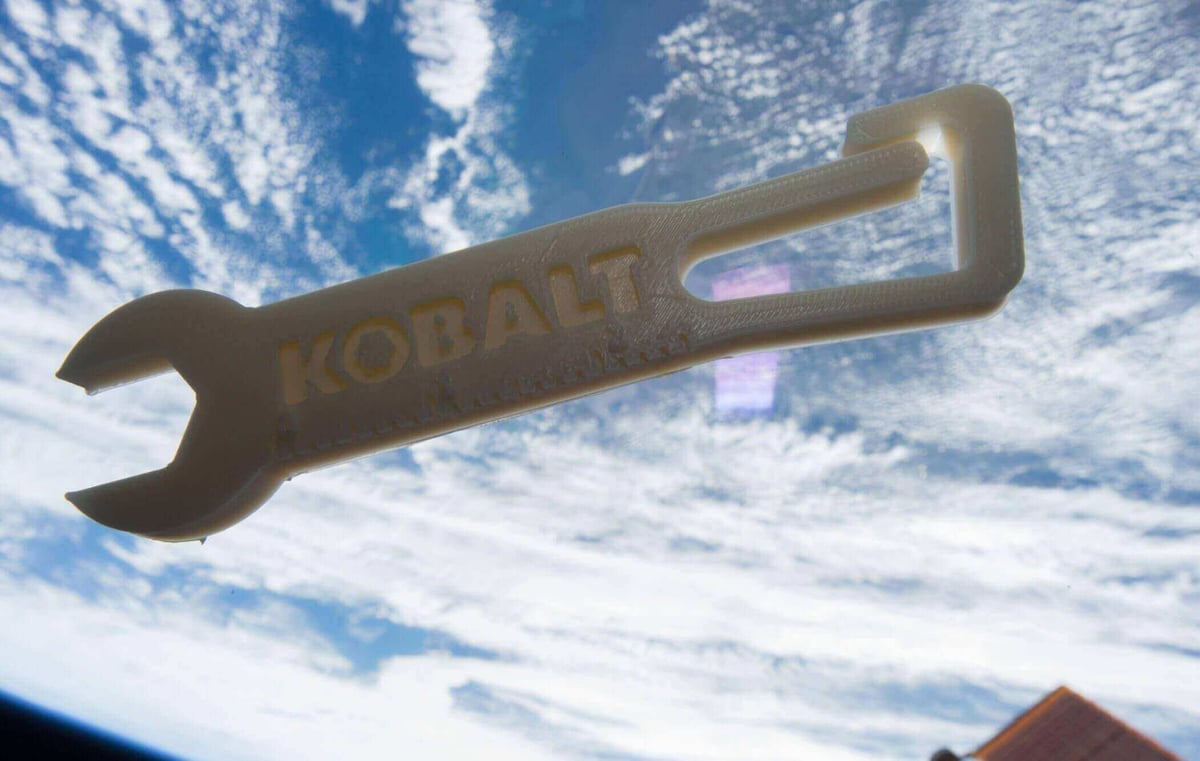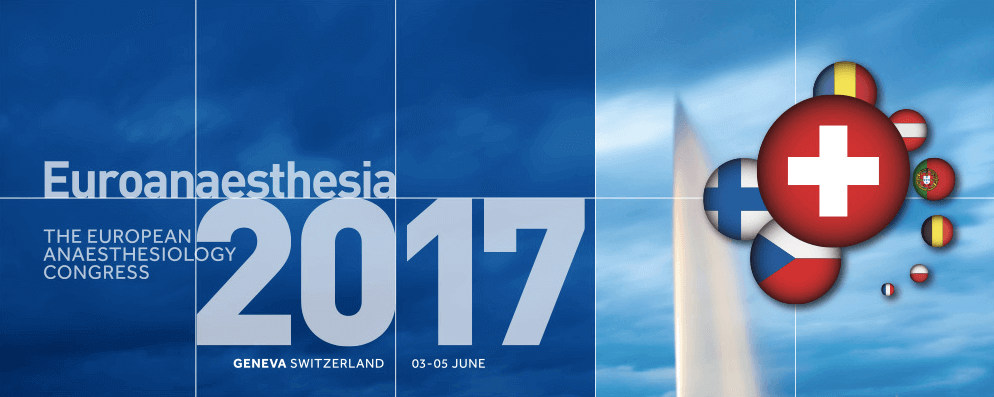During Euroanaesthesia 2017 conference, experts said astronauts should receive extra training to fabricate their own medical equipment.
As space missions elongate and humans venture further into space, astronauts will need additional skills to save each other’s lives in the event something goes wrong.
Experts presented their research surrounding this problem at the European Society of Anaesthesia. Euroanaesthesia 2017 took place in Geneva and ran from June 3rd to 5th.
The researchers are suggesting three main methods, including having a 3D printer on-board to fabricate medical equipment. Due to the limit of how much equipment can be on-board, having a 3D printer could be invaluable.
As well as printing medical equipment, intensive care doctors also call for extra training for astronauts. Performing lifesaving techniques while coping with microgravity and limited storage is no small task.
Professor Jochen Hinkelbein, President of the German Society for Aerospace Medicine, explains:
“Since astronauts are selected carefully, are usually young, and are intensively observed before and during their training, relevant medical problems are, fortunately, rare in space… However, in the context of future long-term missions, for example to Mars, with durations of several years, the risk for severe medical problems is significantly higher. Therefore, there is also a substantial risk for a cardiac arrest in space requiring CPR.”

Lifesaving Recommendations from Euroanaesthesia
In the case of a cardiac arrest, researchers had to rethink CPR. In space, microgravity poses a problem when an astronaut needs to use body-weight. For CPR tested in microgravity experiments, researchers suggest a “hand-stand” technique.
This is done by placing the feet on one wall and pressing against the patient. The patient’s back should be against the opposite wall. Alternatively, if a space is too small, then an astronaut should wrap their legs around the patient during compressions.
In addition to perfecting their printing skills and handstands, experts also suggest astronauts be in groups of matching blood types. This ensures ease of blood transfusions in space, if ever needed.
Dr Matthieu Komorowski, Consultant in Intensive Care and Anaesthesia, Charing Cross Hospital, London, said:
“Space exploration missions to the Moon and Mars are planned in the coming years. During these long duration flights, the estimated risk of severe medical and surgical events, as well as the risk of loss of crew life are significant.”
Source: The Telegraph

License: The text of "Astronauts Encouraged to 3D Print Medical Tools in Space" by All3DP is licensed under a Creative Commons Attribution 4.0 International License.